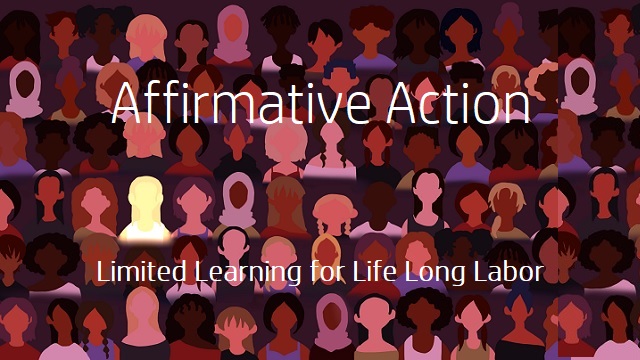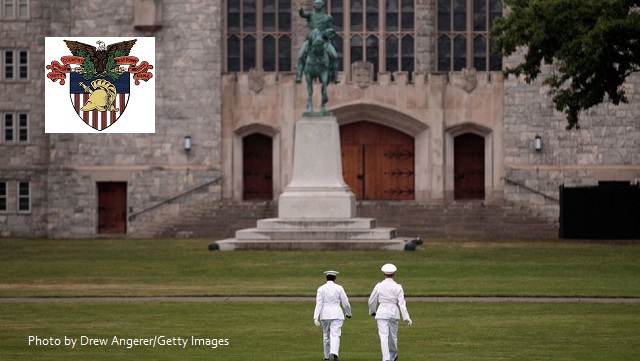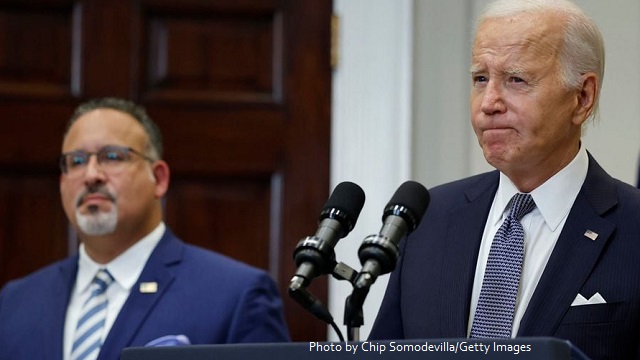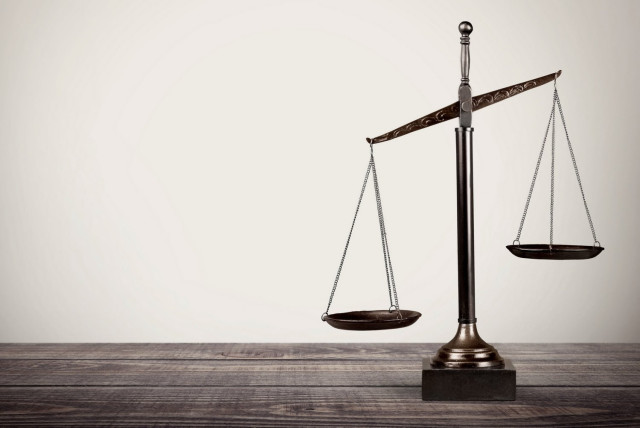Affirmative action is before the Supreme Court again this week, as it rehears arguments in Fisher v. University of Texas. (I’ve discussed the legal issues in Fisher here.)
But perhaps the most important question about racial preferences is one that’s not directly raised by the case: do they even work? Do they help underrepresented minorities to achieve their goals, and foster interracial interaction and understanding on elite campuses? Or do large preferences often “mismatch” students in campuses where they will struggle and fail?
Scholars began empirically studying the mismatch issue in the 1990s, but in the past five years the field has matured. There are now dozens of careful, peer-reviewed studies that find strong evidence of mismatch.
None of the authors of these studies claim that mismatch is a universal or inevitable consequence of affirmative action. But in my view, only demagogues (of which there is, unfortunately, no shortage) or people who haven’t read the relevant literature can still claim that mismatch is not a genuine problem.
It is helpful to think about mismatch as three interrelated phenomena that could affect a student of any race — let’s call her Sally — who receives a large admissions preference, so that she attends a college where her level of academic preparation is substantially below that of her peers.
First, “learning mismatch” occurs if Sally learns less than she would at a less competitive school, because the pace is too fast or her professors are pitching their material at a level that’s not ideal for her.
Others and I have argued that learning mismatch occurs on a massive scale in American law schools, where African-Americans (and some other students) tend to receive very large preferences and then, very often, are never able to practice law because they cannot pass bar exams.
Our best estimate is that only about one-third of black students who start law school in America successfully graduate and pass the bar exam on their first attempt (see my September 2006 blog post here).
A second form of mismatch — “competition” mismatch — occurs when students abandon particular fields, or college itself, because of the practical and psychological effects of competing with better-prepared students.
Suppose that Sally dreams of becoming a chemist, does very well in a standard high school chemistry course, and receives a preference into an elite school where most of her classmates have taken AP Chemistry. Even if Sally does not experience “learning” mismatch, she may nonetheless end up with a B- or a C in chemistry simply because of the strength of the competition.
A long line of studies (e.g., this excellent study by two psychologists) have shown that students receiving large preferences, facing these pressures, tend to abandon STEM fields in large numbers. Competition mismatch thus appears to have large and damaging effects on the number of African-Americans, in particular, graduating with science or engineering degrees.
The third type of mismatch — “social mismatch” — is in some ways the most intriguing.
Several studies have now found that college students are much more likely to form friendships with students who have similar levels of academic preparation or performance at college. The phenomenon operates even within racial groups, but when a college’s preferences are highly correlated with race (as they are at many elite schools), social mismatch can lead to self-segregation by minority students.
The result is decreased social interaction across racial lines. That’s particularly relevant to the Supreme Court’s deliberations because its tolerance of racial preferences has been based on the idea that a diverse racial campus promotes interracial contact and learning.
But if preferences promote substantial social mismatch, then race-conscious admissions actually decrease interracial contact and learning — not only at the school where the preferences are used, but also at the college that the preferenced minority student would have attended in the absence of preferences.
Of course, new studies of higher education come out all the time, and one can point to some study to argue almost any point. What makes the evidence of mismatch so compelling is the large number of very high-quality studies that have appeared in the past few years, performed by a wide array of scholars and appearing in the strongest academic journals that exercise the most stringent peer review.
For example, the highly-respected Journal of Economic Literature last year commissioned two economists to summarize the state of research on higher education mismatch. To ensure an impartial study, the two economists JEL selected started out with different views of mismatch: one was a skeptic, the other the author of research that had found evidence of mismatch. JEL also asked seven other economists, again representing a wide range of perspectives, to peer review the article when it was drafted.
The resulting article is circumspect, but unequivocal in finding that much of the evidence on mismatch (especially in law school and the sciences) is compelling.
The American Economic Review — one of the three or four top journals in the social sciences — also recently announced that it is publishing a comprehensive study of mismatch in the sciences. It takes advantage of an unusually large database from eight campuses of the University of California, covering the period before and after California voters, through Prop 209, made it illegal to consider of race in public college admissions.
The study could thus examine how UC students who, through racial preferences, attended the most elite UC campuses before Prop 209 compared with very similar students who attended less elite campuses after Prop 209.
Peter Arcidiacono, Esteban Aucejo, and Joseph Hotz conclude unequivocally: “We find less-prepared minority students at top-ranked campuses would have higher science graduation rates had they attended lower-ranked campuses.”
The gold standard for empirical research is a genuine experimental design, where a group of subjects are randomly assigned to “treatment” and “control” groups. While random experiments are routine in medical research, they are still uncommon in the social sciences. A revealing study of that kind was recently conducted by three economists working with the Air Force Academy.
Based on other work, the researchers hypothesized that students entering the Academy with relatively weak academic preparation would learn more and do better if they were assigned to squadrons with particularly academically strong cadets, thus creating opportunities for mentoring and tutoring. The Academy agreed to do a large randomized experiment, assigning some of the targeted students to the experimental squadrons with strong peers, and other students to “control” groups comprised of more typical students.
Again, the results were unequivocal: academically weak students in the experimental group learned less and got worse grades. Having much stronger students in the same squadron increased the weaker students’ tendency to form study groups with other weak students — a strong demonstration of “social mismatch.”
All this impressive research — and much more in a similar vein — has had little impact upon educational institutions. Even though many educational leaders will admit in private that the research is compelling, they believe that any public admission that racial preferences are counterproductive would be met with the sort of campus reaction that routinely drives college presidents from office.
For the same reason, university presidents and other educational leaders aggressively block the release of information vital to mismatch research — data which could, for example, help determine the border between small, safe preferences and large, harmful ones.
All of this should give the Supreme Court pause in assessing racial preferences. Past Court decisions have invoked a traditional deference to the independence of educational institutions. But colleges and universities have demonstrated that they are politically incapable of acting as good fiduciaries for their most vulnerable students.
A version of this post first appeared at the Pope Center for Higher Education Policy.

Richard Sander
Richard Sander is an economist and law professor at UCLA, where he has taught since 1989.
RELATED ARTICLE: ‘Mismatched’ black students pay the price of affirmative action – The Boston Globe









